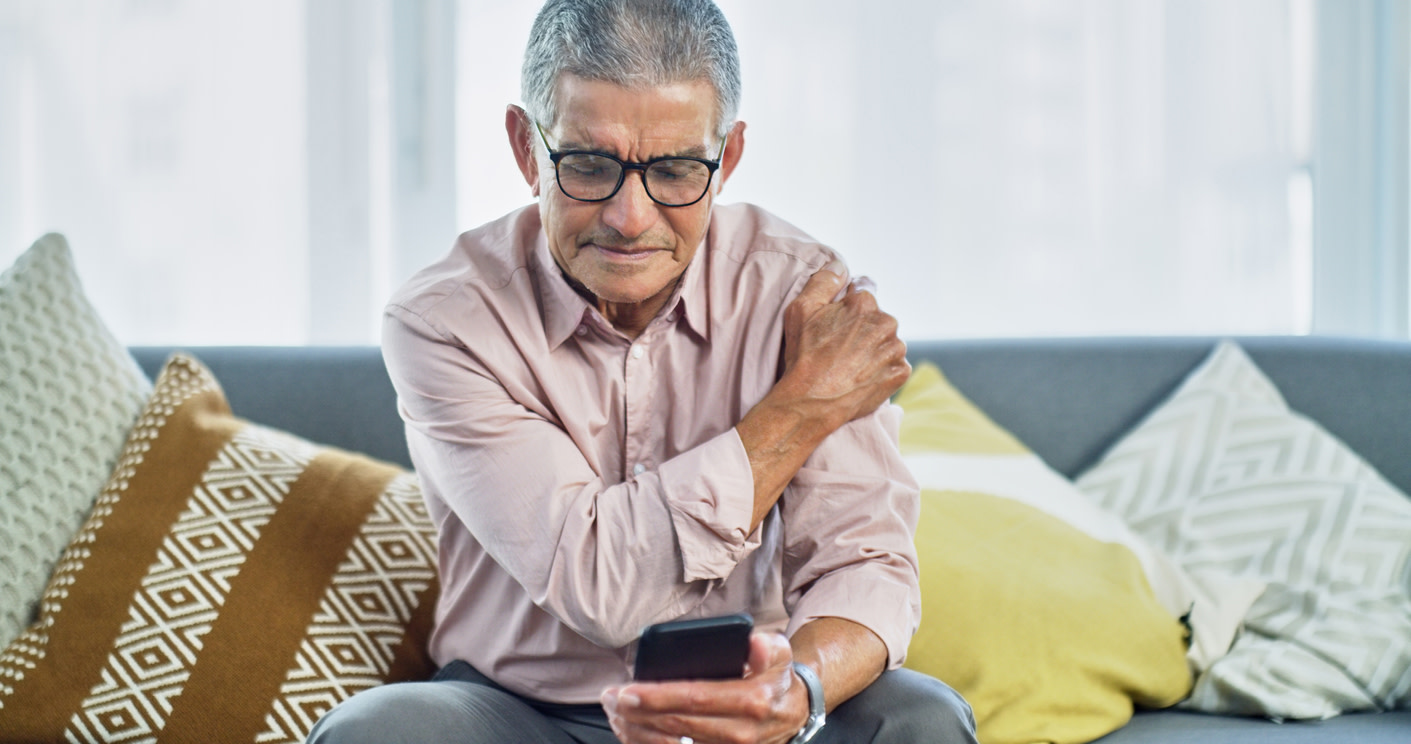How to Treat a Shoulder Labrum Tear With Exercise, According to Physical Therapists
Learn common causes of a shoulder labrum tear and how to relieve it, especially with exercises from Hinge Health physical therapists.
0 $ pour vous
Date de publication : Mar 18, 2024
Table des matières
Fully covered arm or shoulder pain relief
Find relief from arm pain, shoulder pain, pinched nerves, & more.
Check if I'm eligibleExercises to Relieve Pain from a Shoulder Labrum Tear
Want expert care? Check if you're covered for our free program →- Scapular Squeeze
- Scapular Clocks
- Cross-Arm Stretch
- Resisted Serratus Hug
